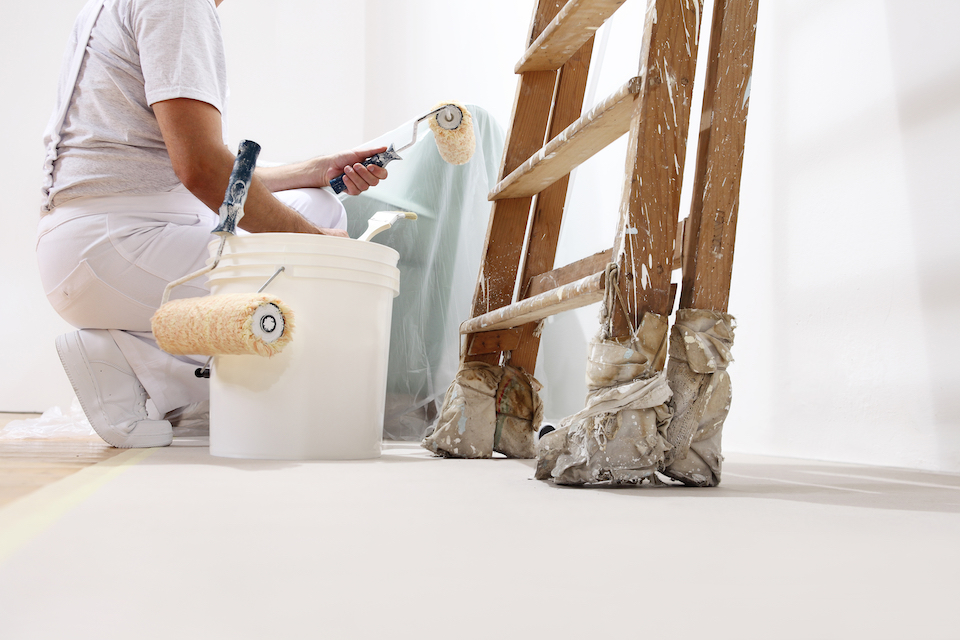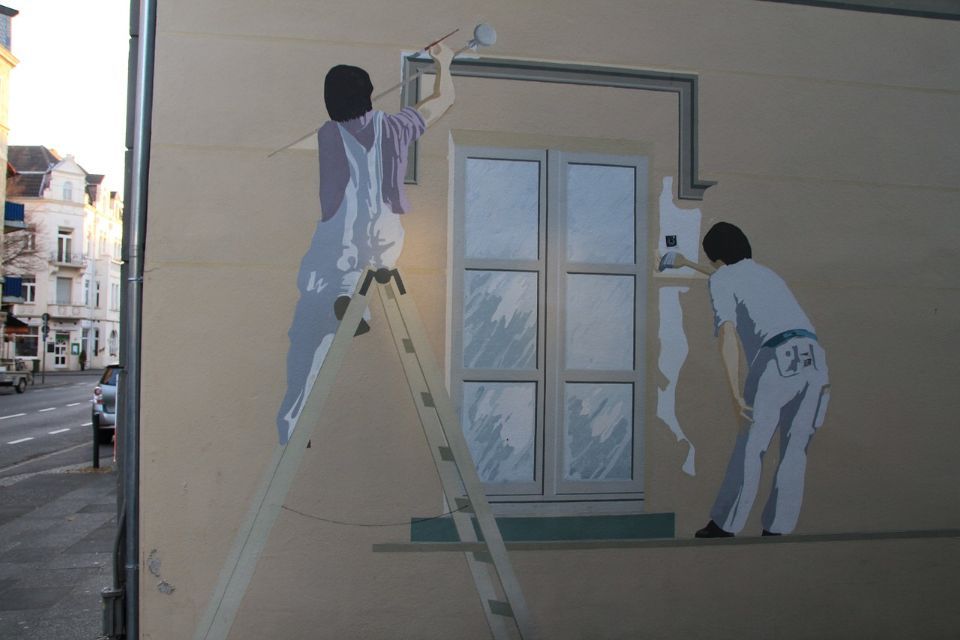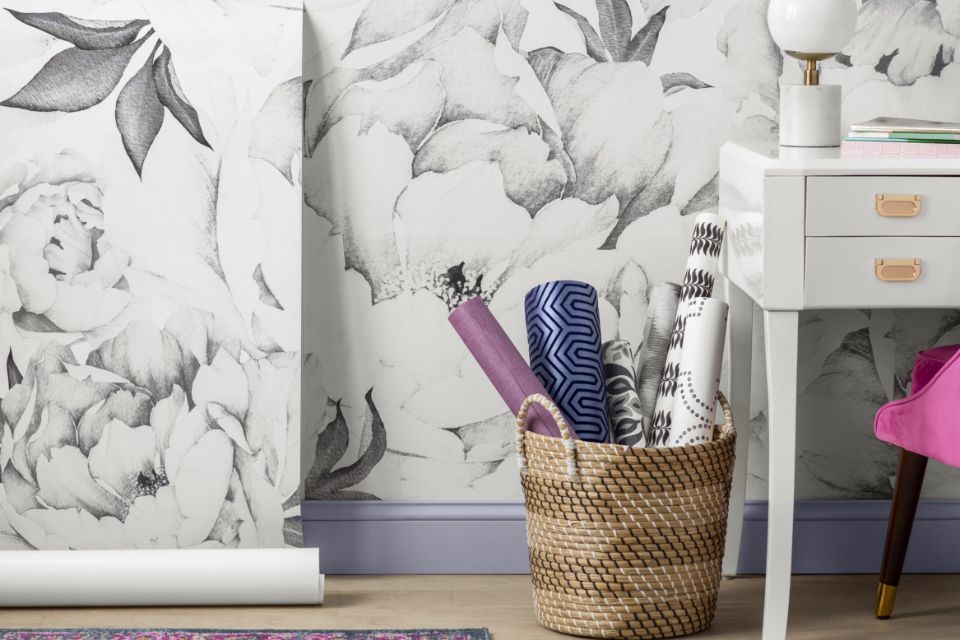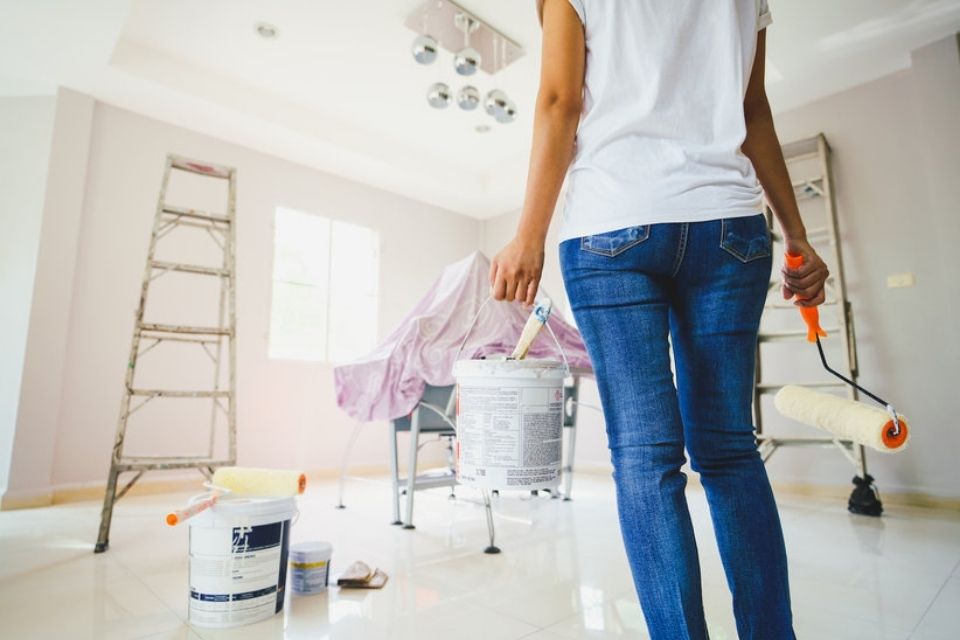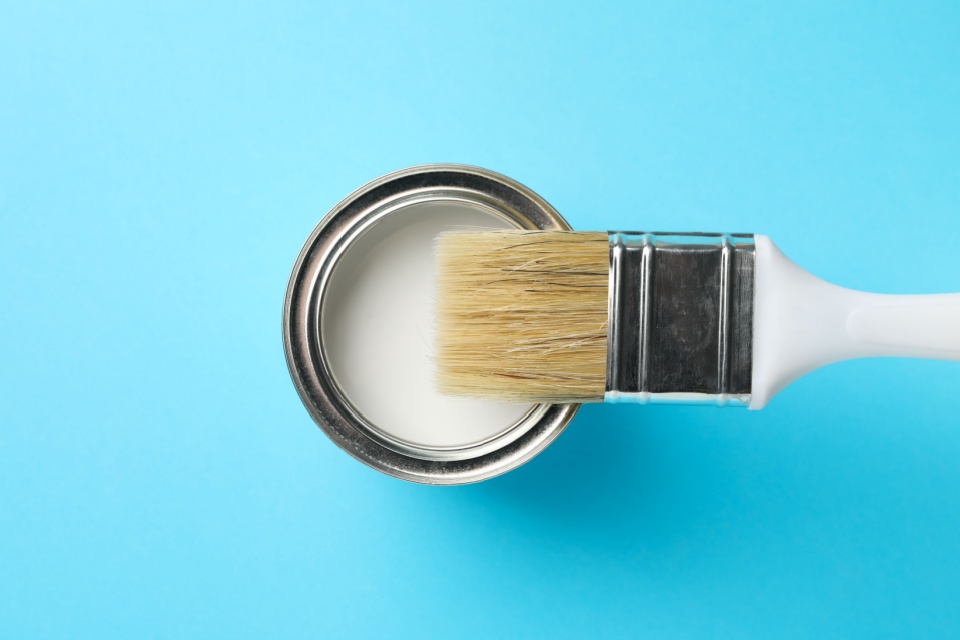Why Do I Need to Remove Wallpaper?
If you are interested in re-wallpapering a room, you may need to remove the existing wallpaper before installing your new wallpaper.
If you are interested in painting a room a different colour instead of having wallpaper, you will need to remove the old wallpaper first.
How to Remove Wallpaper Yourself
There are a few different ways that you can remove wallpaper. We have provided some step-by-step guides below on the different ways in which you can remove wallpaper.
The best way to remove wallpaper will depend on your personal preference and the area you are working on. Steam strippers work best for larger rooms, whereas the score, soak, and strip method works best for smaller areas.
Take a look at the step-by-step guide below on how to remove wallpaper:
Score, Soak and Strip
Step 1:
Start by lightly scoring the plaster with your stanley knife. Be careful not to damage the underlying plaster.
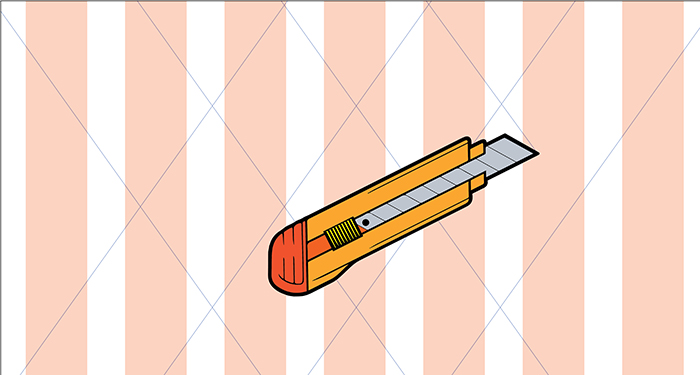
Step 2:
Next, soak the paper using a sponge and some hot water.
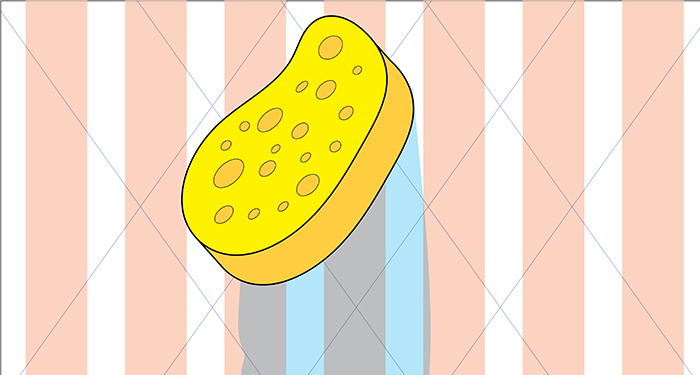
Step 3:
Leave the wallpaper to soak for five minutes.
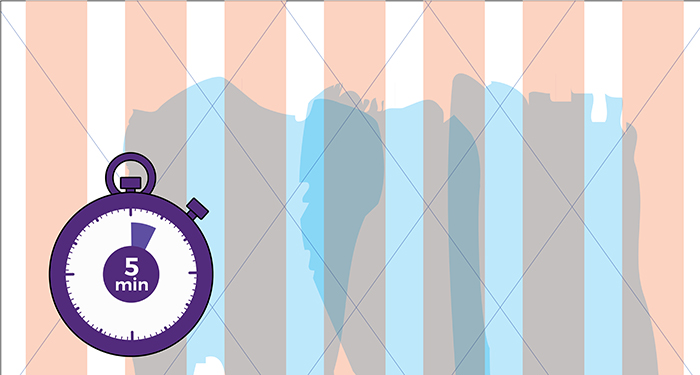
Step 4:
Then, start working your stripping knife into the scores and stripping wallpaper away from the plaster behind.
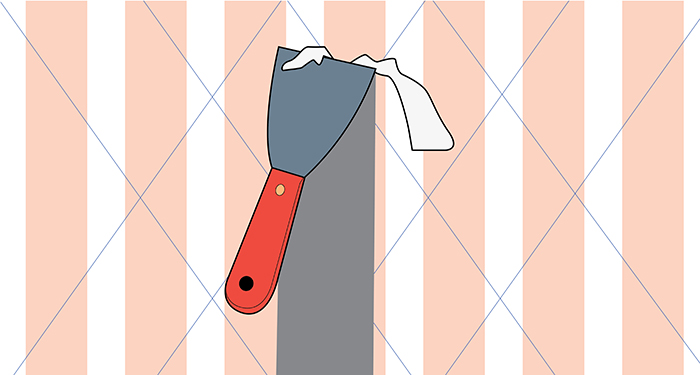
Step 5:
Continue these steps across the entire length of the paper that you want to remove.
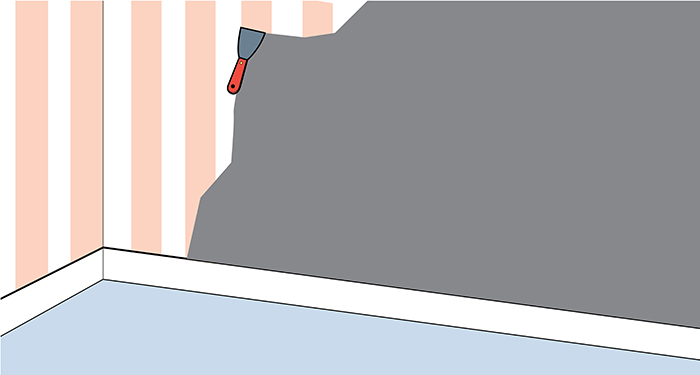
Chemical Stripper
Step 1:
Check the manufacturer's instructions and create your chemical mix.
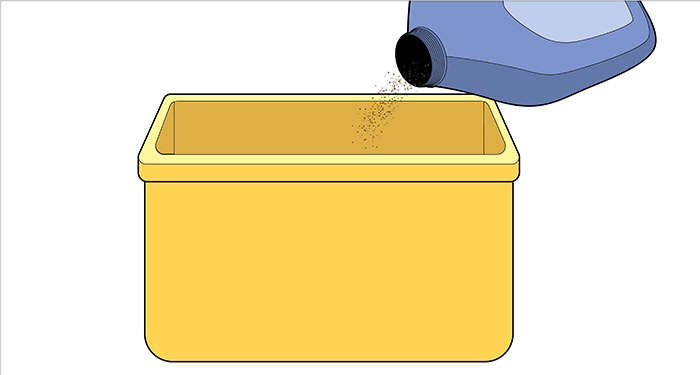
Step 2:
Wear goggles, protective gloves, a face mask, and protective clothing when handling the chemical substance.
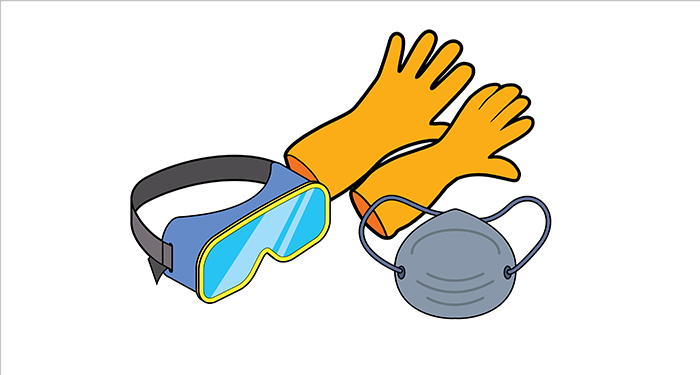
Step 3:
Spread your chemical mix across the wallpaper that you wish to remove.
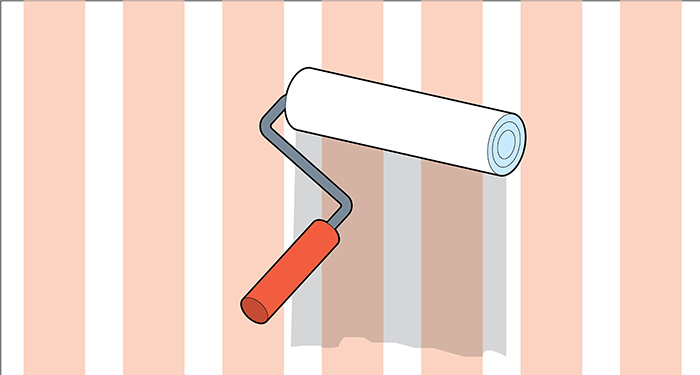
Step 4:
Give your mix time to soak into the paper. Be sure to read the manufacturer's instructions for the exact time you need to leave it.
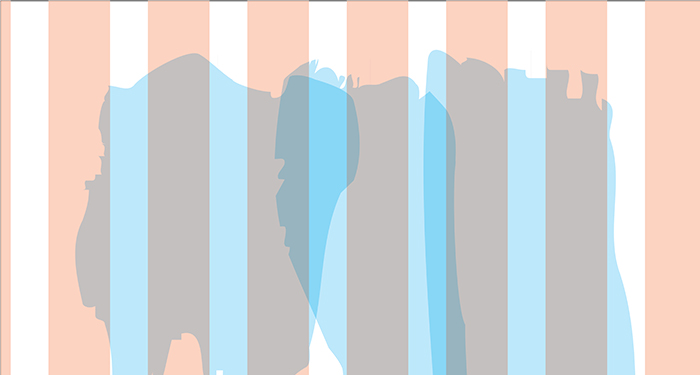
Step 5:
Then, strip the wallpaper. Continue these steps across the entire length of the paper that you want to remove.
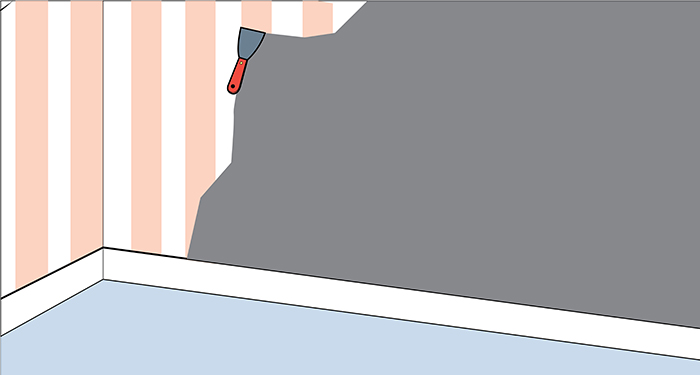
Steam Stripper
Step 1:
Fill the tank of the steam stripper with water and switch it on.
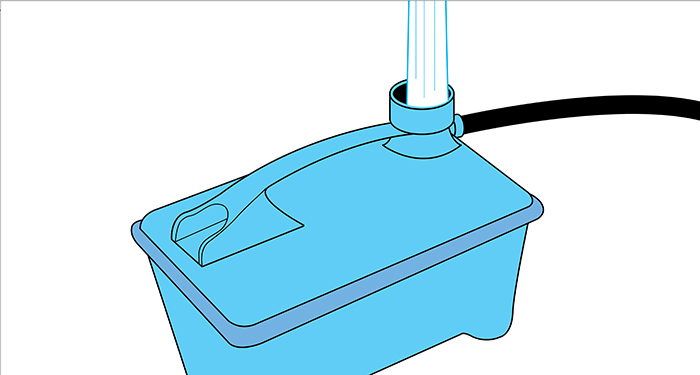
Step 2:
Hold the plate against the area of the wallpaper that you are trying to strip.
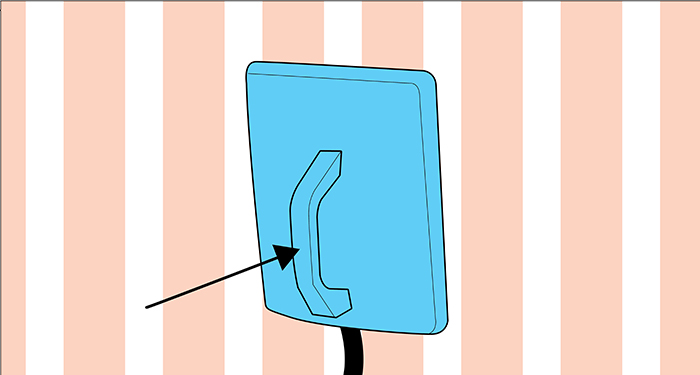
Step 3:
The steam should only take around 15 seconds to penetrate the paper. However, be sure to check the manufacturer's instructions for the exact time. Once this has happened, simply strip the paper using your stripping knife, and it should come off easily.
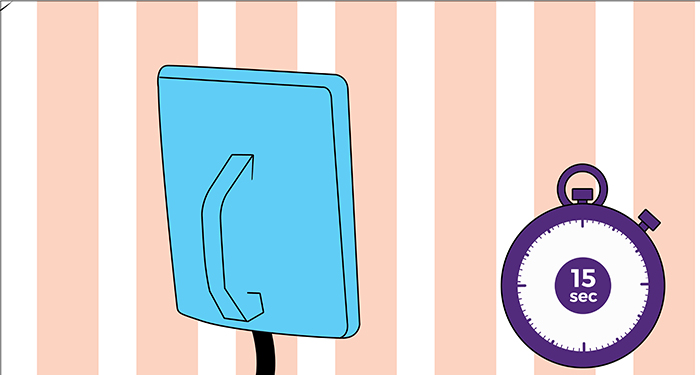
Step 4:
Remember not to leave the steam plate on one area for too long as it can damage the underlying plaster.
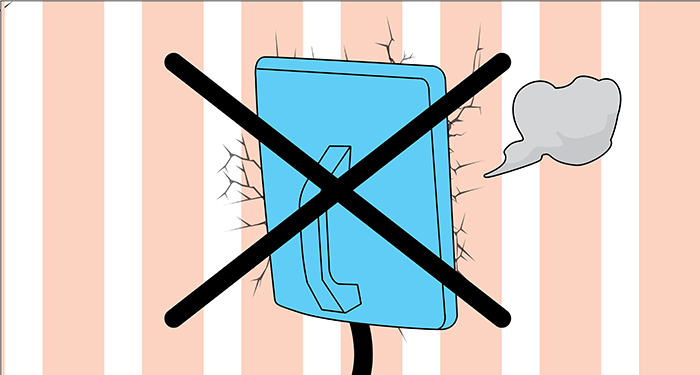
Step 5:
If any areas are stubborn, re-steam them and try again.
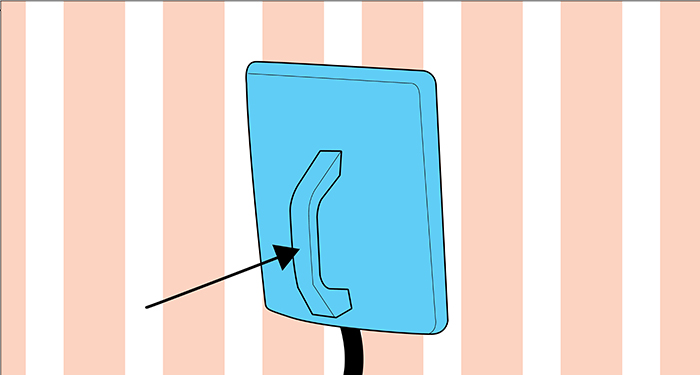
Step 6:
Continue these steps across the entire length of the paper that you want to remove.
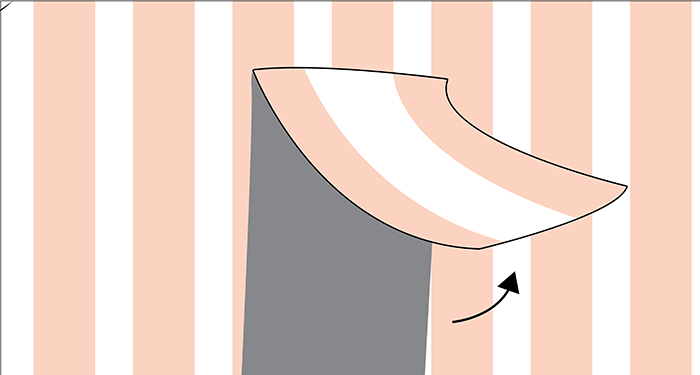
Tools to Remove Wallpaper
Depending on the type of wallpaper removal you are doing, you may need to use different tools. Below is a list of the tools you'll need for each different type of wallpaper removal:
Score, Soak, and Strip
- Stanley knife
- Sponge
- Bucket
- Stripping knife
Chemical Stripper
- Roller
- Bucket
- Stripping knife
- Chemical wallpaper remover
Steam Stripper
- Steam stripper machine
- Stripping knife
Safety Equipment to Remove Wallpaper
Below is a list of the safety equipment that is recommended for removing wallpaper:
- Safety goggles or glasses
- Gloves
- Dust mask
Materials to Remove Wallpaper
Depending on the type of removal you are doing, you may need some chemical wallpaper remover for the job.
If you are planning on redecorating the room after you have stripped the wallpaper. You may want to have the materials ready to get started on decorating soon after you have removed the wallpaper.
For decorating, you may need paints or wallpaper, depending on how you are choosing to redecorate.
You may also need some small amounts of plaster or filling to fix any imperfections in the wall before you redecorate.
How to Prepare for Wallpaper Removal
To prepare for removing wallpaper, you will need to move all of the obstacles out of the way. It's a good idea to get as much furniture out of the room as you can so that you have more space to complete the job.
Removing wallpaper can sometimes be a messy job, so you may want to lay down some dust sheets to protect your floor. This will also make the cleaning up process much easier.
Types of Wallpaper
There are several different types of wallpaper, and although each one has a different look, they can all be removed in the same way with the above steps. Below is a list of the different types of wallpaper that you may see in UK homes:
Printed Wallpaper
This is a common type of wallpaper that comes in a wide variety of styles and colours. It features prints that are created with ink.
With this in mind, this wouldn't be a suitable type of wallpaper for a kitchen or bathroom as the ink can smudge or become deformed if it gets wet. Printed wallpaper also tends to tear easily.
Vinyl Wallpaper
Vinyl wallpaper is usually printed paper coated with a layer of vinyl, making it much more durable than regular printed paper. This type of wallpaper can withstand moisture, so it can be used in kitchens and bathrooms.
It can also be washed easily, so it is easy to maintain. Vinyl wallpaper is becoming one of the most popular choices of wallpaper in the UK.
Foil Wallpaper
Foil wallpaper is often quite reflective, and so a downside to this wallpaper is that it will highlight wall defects. It may also look different in different lighting, and this might not be to everyone's taste.
The wall may need to be re-plastered before applying foil wallpaper to avoid any imperfections being highlighted.
FAQs
Q: How do you remove wallpaper paste?
A: Create a water and vinegar solution and spritz this onto the paste. This will then reactivate the paste, which will make it easy to wash off.
Q: Can I paint over wallpaper?
A: While this isn't completely impossible, it's not usually recommended. Painting over wallpaper will often loosen the paper, which can cause bumps and bubbles on the wall.
The seams of the wallpaper will usually also be left visual and can look unappealing. It's best to remove old wallpaper before painting your walls.
Q: Can I put new wallpaper over old wallpaper?
A: This is not recommended as papering over old wallpaper can cause the old paper's bond to fail. This can result in bubbles on the wall or can even cause the paper to peel away from the wall.
Q: How much does it cost to hire a professional to remove wallpaper?
A: The average cost to have a professional remove your wallpaper in the UK is around £300-£400.
The actual price you pay will depend on the room's size, the difficulty of the job, and your location in the UK. Those based in London can expect to pay more than those based in other areas of the UK.
Q: What happens if I apply too much paste to my new wallpaper?
A: It's important that you apply the correct amount of paste to your wallpaper when decorating.
Too much paste can cause air bubbles, smudges, and shrinkage, whereas too little paste can cause the wallpaper to peel away, especially at the corner and edges.



